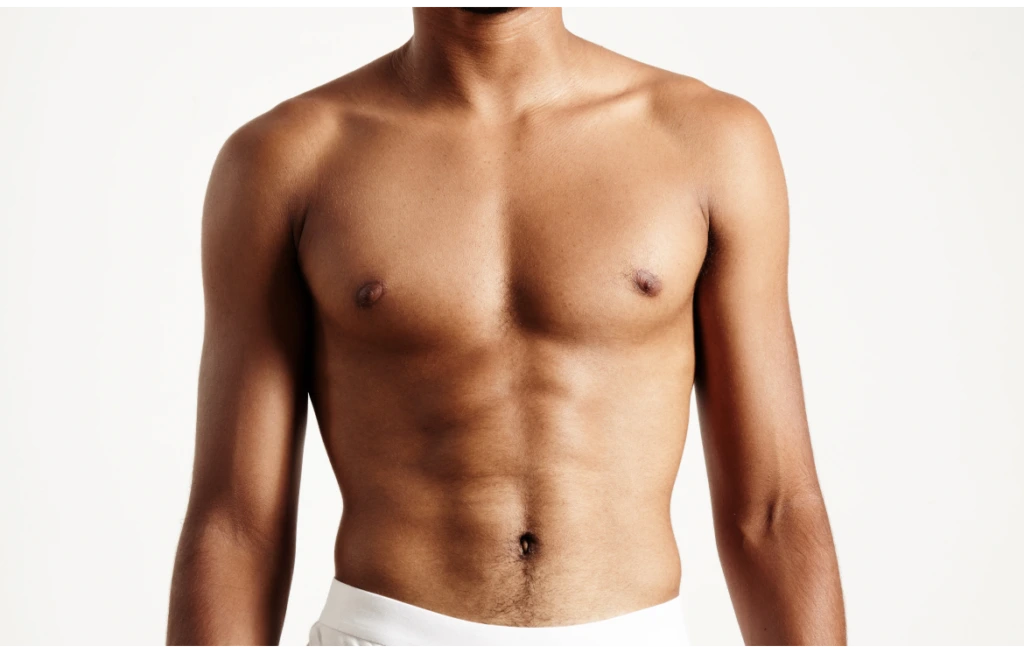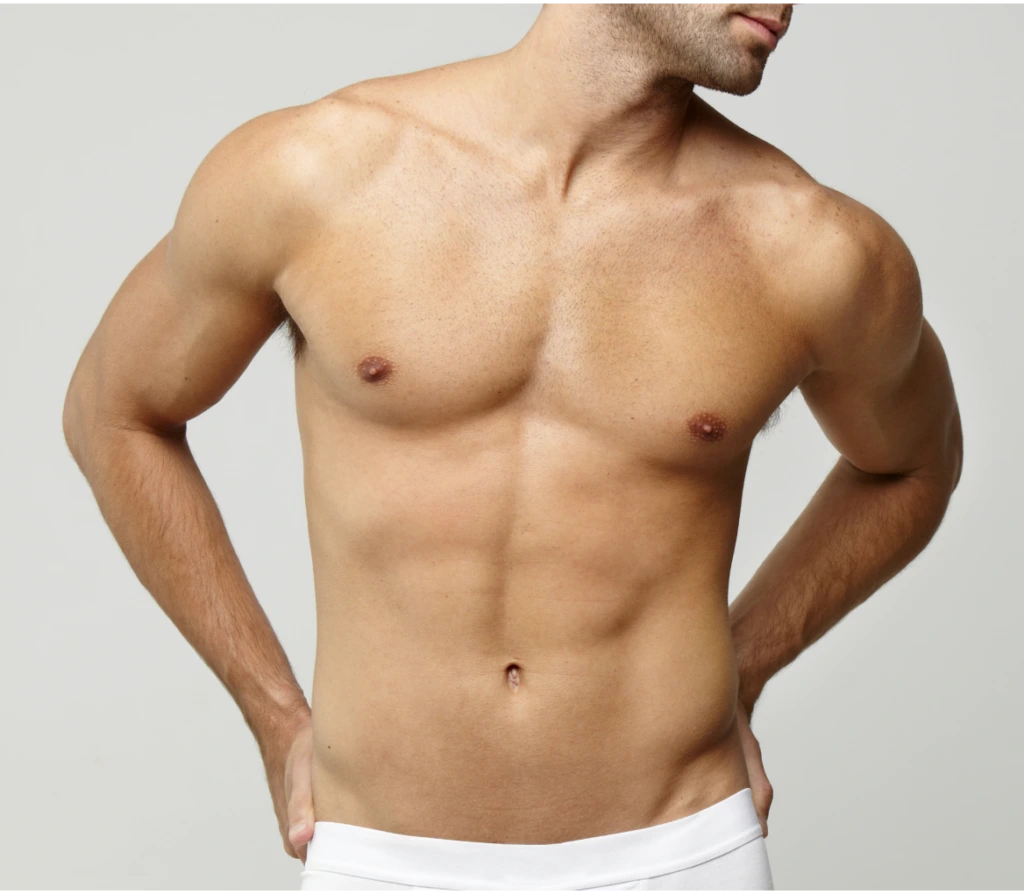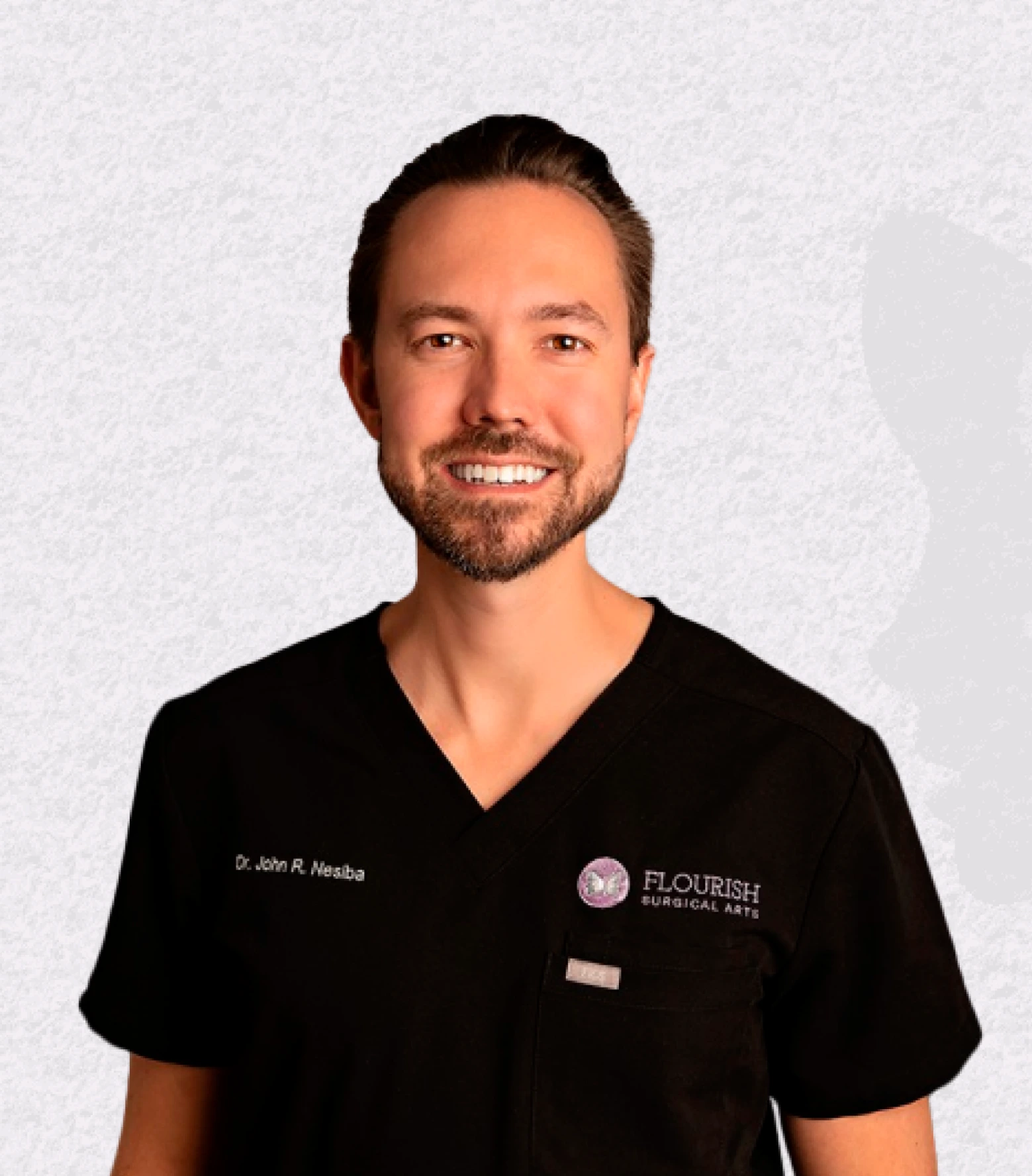


During the first week, patients must follow postoperative instructions, such as wearing a compression binder and caring for surgical drains. Discomfort, swelling, and bruising are still present. Patients are encouraged to walk and engage in light activity to promote healing while avoiding lifting or straining the chest. Once fluid accumulation decreases, drains are typically removed within the first week. Bruising and swelling continue to improve.
By weeks 6+, patients usually resume all normal activities. Exercise can be slowly incorporated again. Dr. Nesiba gives clearance to lift heavier objects or play sports again after 6-8 weeks. Some numbness or tightness across the chest persists for several months. The appearance of scarring continues to improve with time. Patients see the final results of their FTM top surgery after 3-6 months of recovery.



